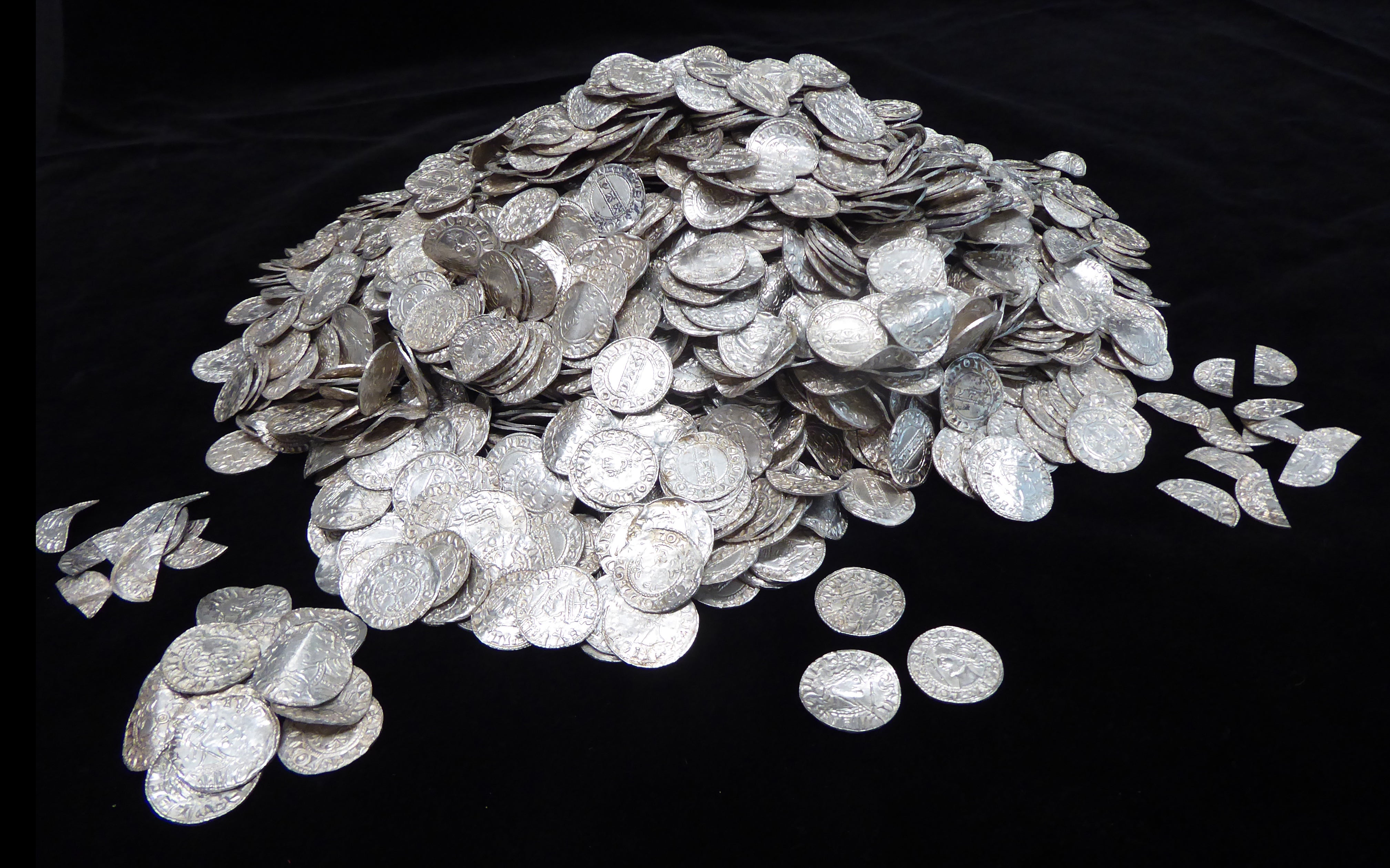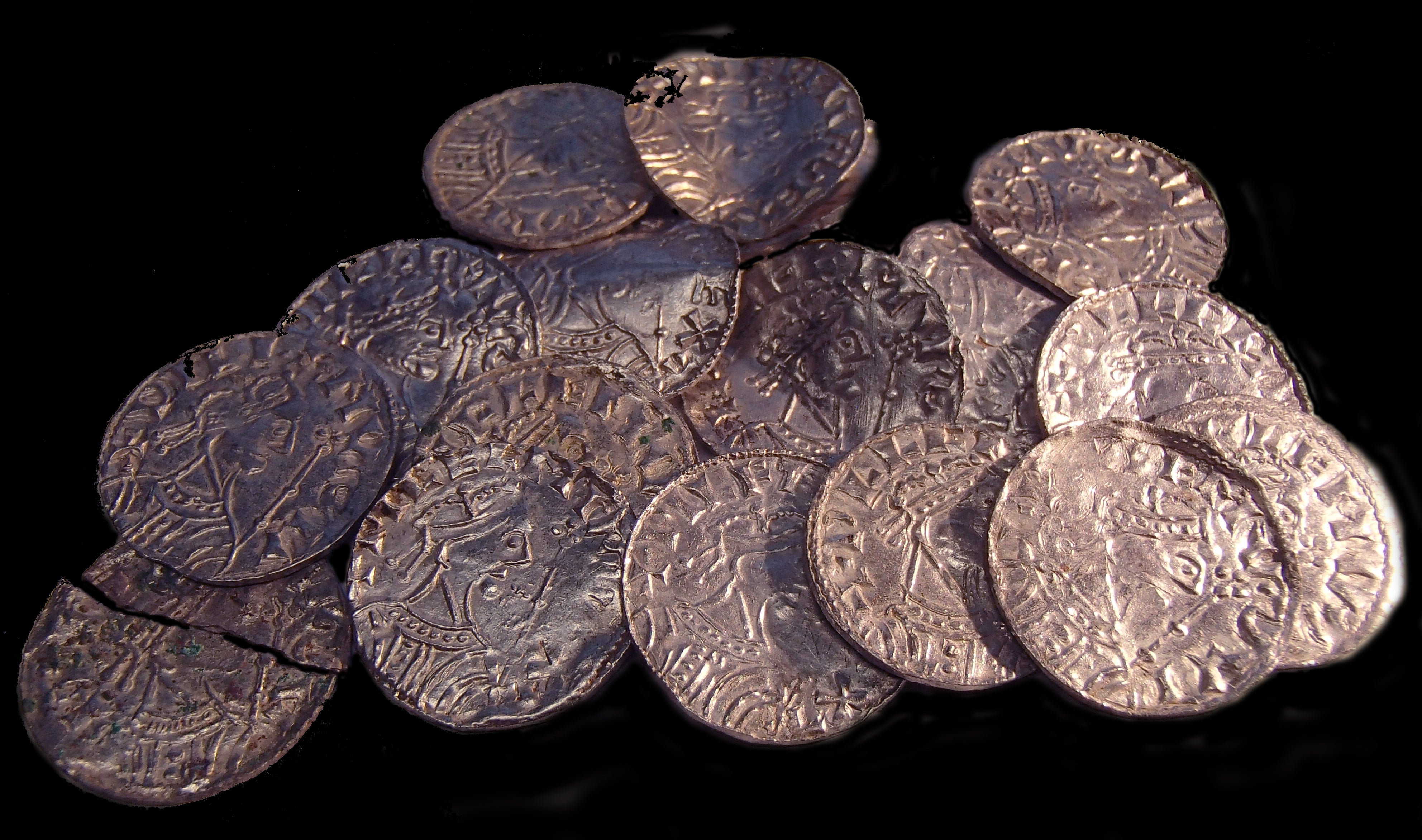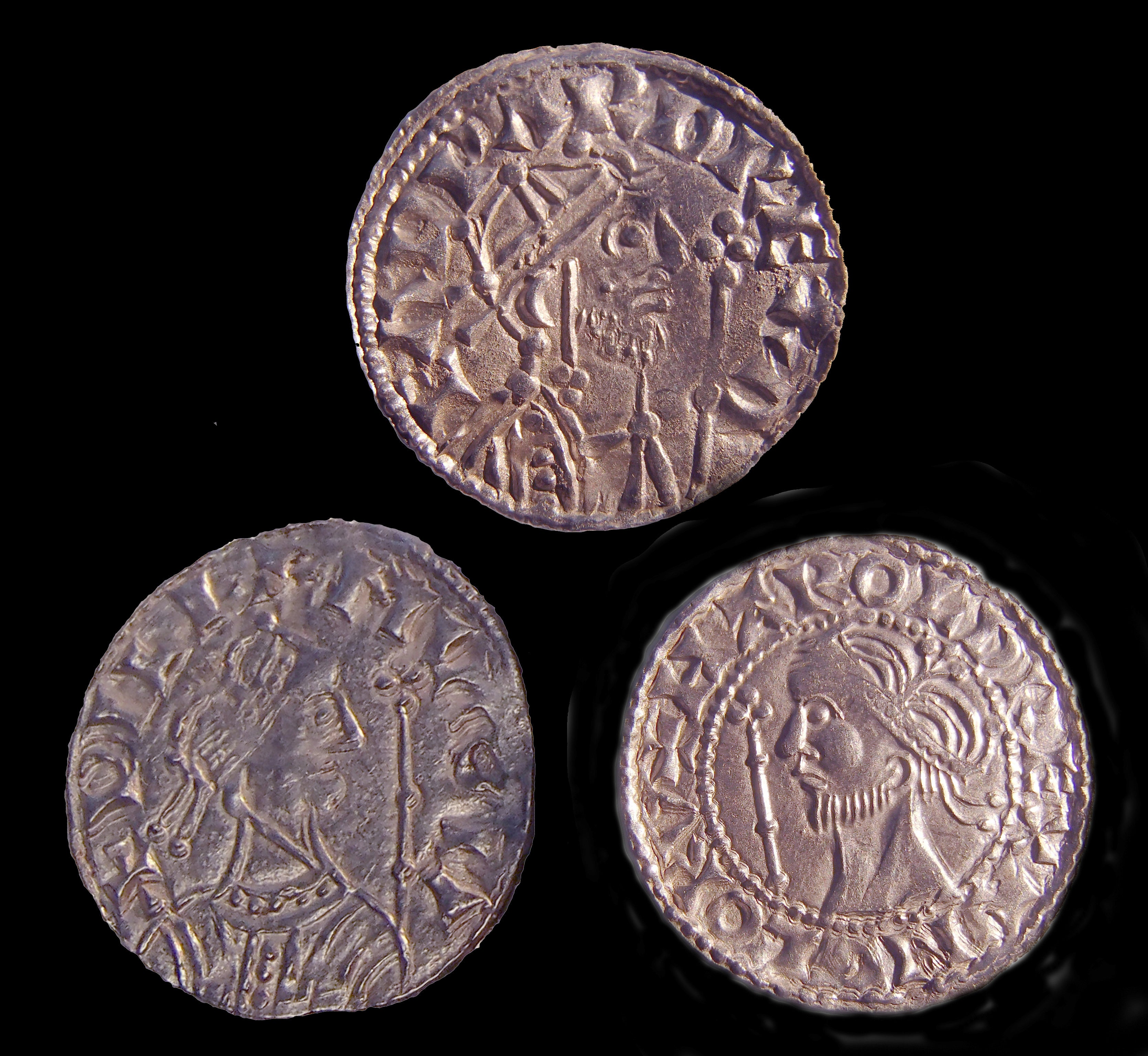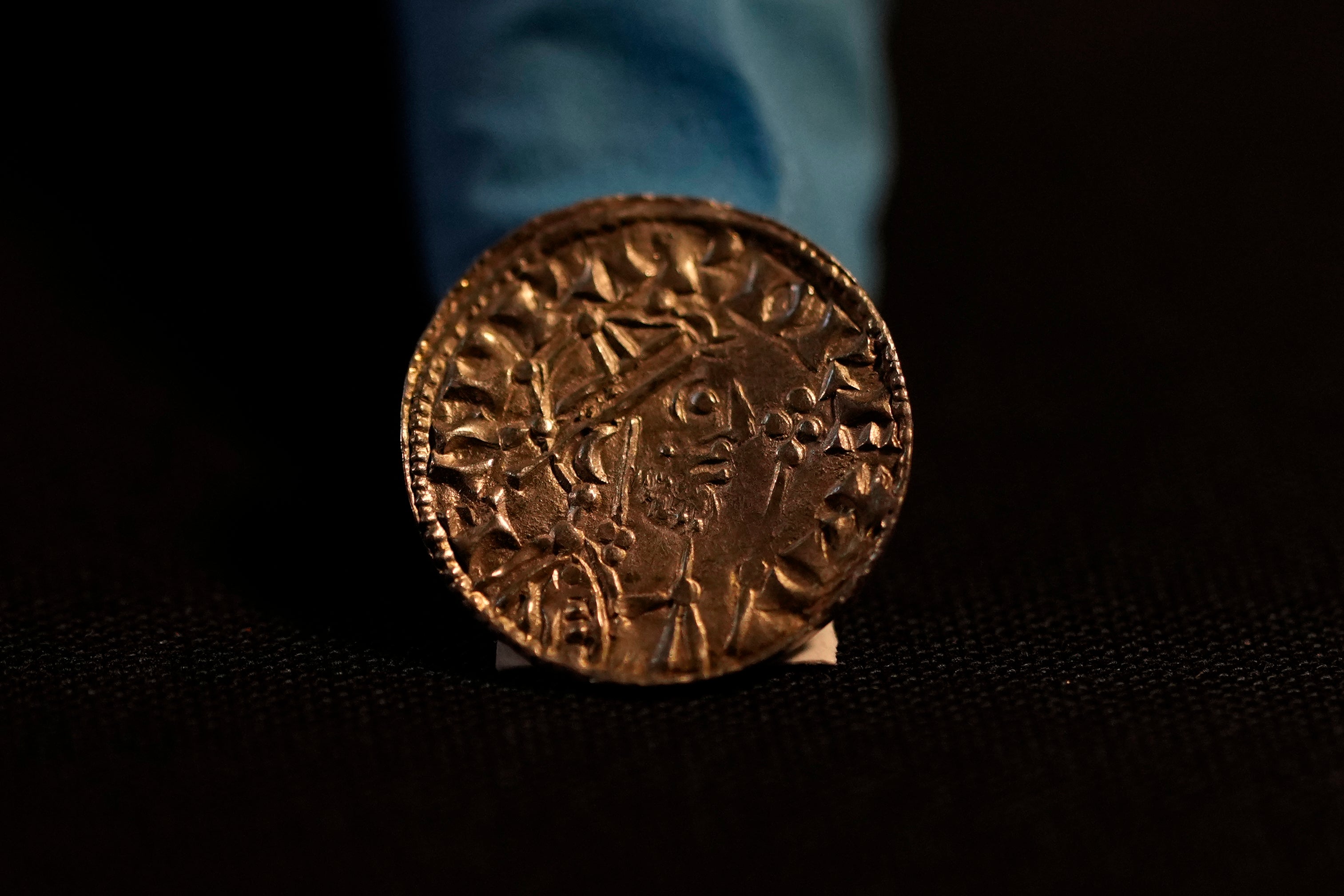Norman coin hoard becomes England’s most valuable treasure find after being sold for record-breaking sum
The coins date back to the transition from Saxon to Norman rule in 1066

Your support helps us to tell the story
From reproductive rights to climate change to Big Tech, The Independent is on the ground when the story is developing. Whether it's investigating the financials of Elon Musk's pro-Trump PAC or producing our latest documentary, 'The A Word', which shines a light on the American women fighting for reproductive rights, we know how important it is to parse out the facts from the messaging.
At such a critical moment in US history, we need reporters on the ground. Your donation allows us to keep sending journalists to speak to both sides of the story.
The Independent is trusted by Americans across the entire political spectrum. And unlike many other quality news outlets, we choose not to lock Americans out of our reporting and analysis with paywalls. We believe quality journalism should be available to everyone, paid for by those who can afford it.
Your support makes all the difference.A group of metal detectorists uncovered an extraordinary hoard of 2,584 ancient coins in a Somerset field valued at £4.3million.
The 11th-century coin trove, known as the Chew Valley Hoard, is now England’s most valuable treasure find, revealing new information about the historical transition following the Norman Conquest.
The set includes pennies depicting William the Conqueror and Harold II, and a number of coins of William I issued after his coronation in 1066.
Adam Staples, 48, discovered the coins in 2019 with his girlfriend at the time, Lisa Grace, and five friends, but had to wait for years to secure the payout.

Under the Treasure Act 1996, hunters must report an archaeological find to the local coroner within 14 days of discovering it.
The auctioneer from Derby said: “It’s like winning the lottery but then you can’t cash the ticket for five years.
“Coming to the British Museum a few days after we found the hoard, when they opened the front gates and we drove through crowds with a few million pounds worth of coins in the back of the car, was a surreal experience.
“And then it was Covid and five years of silence until we got to this point. It’s frustrating, but it’s still winning the lottery, so you feel like you can’t complain.
“We received the money a few weeks ago – I’ve bought a house and can now live mortgage-free.”

Half of the money went to the landowner, and the rest was split between the members of the treasure-hunting group, meaning they got around £300,000 each.
Despite hitting the jackpot, Mr Staples is continuing to hunt for treasure, having last gone detecting on Sunday.
Experts believe the coins provide valuable insights into the economic conditions during the period following the Battle of Hastings. They suggest the coins were buried for safekeeping amid the unrest at the time.
Gareth Williams, a curator at the British Museum, said the original owner was likely affluent and possibly involved in the conflicts during the Norman invasion.

Evidence showed whoever buried the trove was “involved in some way in the Battle of Hastings”, he added. The hoard would have bought a flock of more than 500 sheep, he said, and so it must have belonged to “someone relatively wealthy”.
That person “may or not” have come to an unpleasant end, Mr Williams added.
Coins in the 1,000-year-old hoard show signs of being illicitly tampered with, having mixed designs on either side. Experts said this is evidence that the person striking the coins was avoiding paying a fee to obtain an up-to-date design.
Mr Williams said that making false coinage risked a severe penalty – having a hand cut off – at the time. “We can see from these coins that that wasn’t a deterrent,” he added.
The hoard has been acquired by the South West Heritage Trust, following funding received from the National Lottery Heritage Fund and other organisations which paid Mr Staples for the coins.
It will be displayed at the British Museum from 26 November, before touring other museums across the country and eventually finding a permanent home in Somerset.
Join our commenting forum
Join thought-provoking conversations, follow other Independent readers and see their replies
Comments